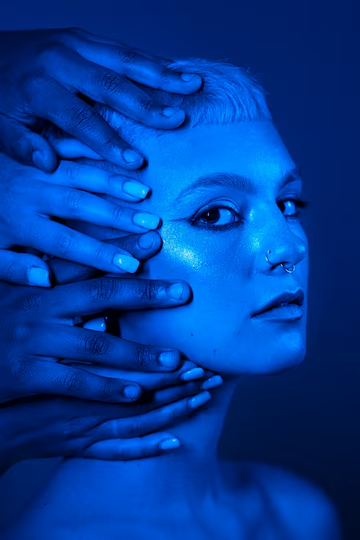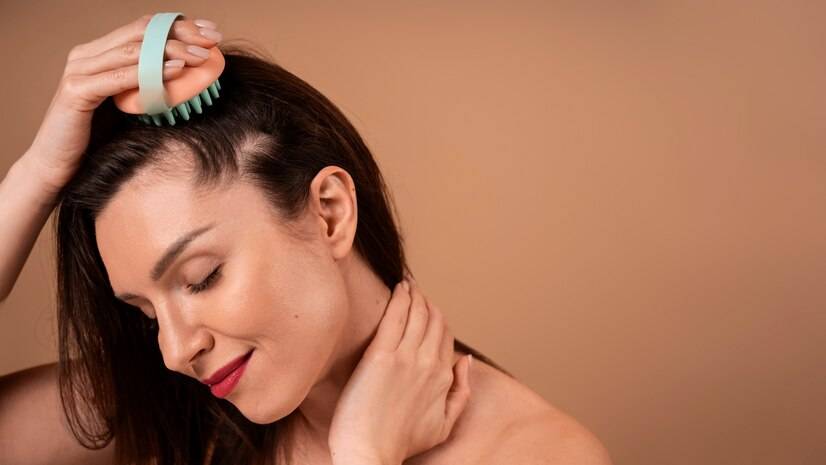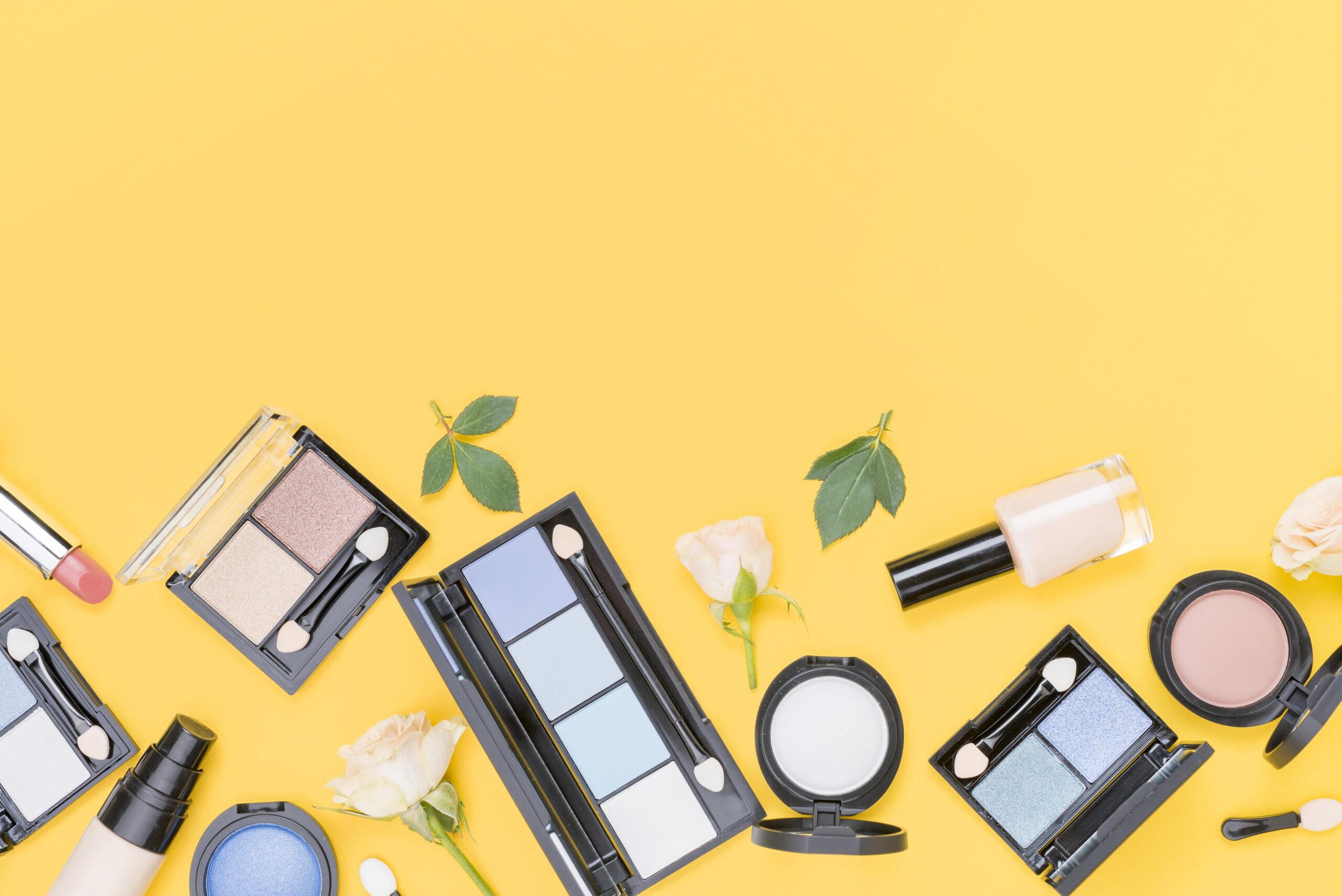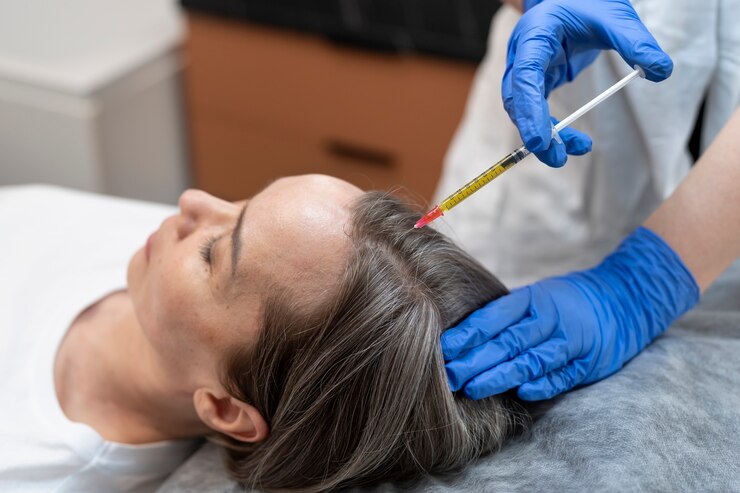How to Battle Blue Light Harm with Skincare 2024

Due to the advancement of technology, we are exposing our skin to blue light of high energy visible light (HEV) unknowingly through using digital devices. The blue light that emanates from phone screens and computer screens and even electricity saving light bulbs damages the skin. Like UV rays, blue light is absorbed inside the skin; this harms the skin and causes problems like skin dullness, dryness, and the breakdown of the skin’s structural protein, collagen.
But are you aware that all this exposure to blue light causes damage and hence your skin ages faster; don’t worry here are some tips on how to minimize this damage. In this article we will reveal the ways, how to avoid blue light damage, the course of action after that and what ingredients should be used in skincare.
Blue Light and its Impact on the Skin HLS2200K cogent assessment on Blue Light & Skin Damage.
Blue light is considered as visible light which has the wavelength of between 400-490 nm. Although natural lighting chiefly emits blue light, the interior lighting of well-lit homes and smart devices also introduce it. While UV rays can only reach the epidermis, blue light can affect skin layers that are deeper, according to the study. Over time, prolonged exposure to blue light can lead to:
Premature Aging: Blue light creates free radicals which leads to oxidation stress, the disintegration of collagen and elastin fibers in the skin.
Hyperpigmentation: Research indicates that exposure to the blue light will make skin conditions concerning pigmentation to become worse especially for those with the skin of color.
Skin Dryness and Inflammation: Skin health is also negatively affected by Blue light due to the interference of the skin’s natural moistening barrier.
Measuring the Risk of Skin Damage by Blue Light
1. Purchase Blue Light Blocking Glasses
This can be done in the simplest way of using skincare products that are made with the intention of protecting the skin against HEV light. Such products may include iron oxides that provide protection to skin from detrimental effects of blue light and antioxidants.
2. So, there must be a use of antioxidant rich serums.
Superoxide, which results from blue light exposure, has to be countered with antioxidants as the immune system’s primary line of defense. People can counter the free radicals by applying serums rich in antioxidants in the morning or early part of the day. Choose your serums with Vitamin C and niacinamide, and other antioxidant ingredients incorporated into them.
3. Apply Sunscreen Daily
As discussed with the next most sunscreens are primarily designed to shield against damaging UV effects yet the newer generation offers blue light protection as well. Of these, the mineral-based sunscreens particularly zinc oxide or titanium dioxide are most effective since in blocking blue light they allow the radiation to bounce off the skin. Select an UVA and UVB, non-greasy water-resistant broad-spectrum SPF of 30 or above and ensure that it’s applied after all steps in your skincare regime in the morning.
4. This means the blue light can be filtered using blue light screen protectors.
In as much as we want to guard our selves from blue light exposure, all it requires is that you put on a screen protector that has a blue light filter to reduce the amount of blue light you get from your devices. Also, you may need to switch your device settings to “night mode,” which means the emissions you get are less blue.
What Prevents or Undoes Blue Light Damage?
There are now solutions for the skin to successfully repair the effects of blue light, but if your skin is already starting to experience some of these symptoms, do not fret.
1. Repair with Retinoids
Some of the features of retinoids include speeding up the turnover of cells, as well as promoting new collagen growth thus making them fit to treat the symptoms of early aging by blue light. Most retinol serums can penetrate the skin and diminish fine lines, wrinkles, and skin texture after a while.
2. Hydrate with Hyaluronic Acid
Blue light affects the skin’s barrier function and can cause dryness because our skin becomes dehydrated. Such serums as those of hyaluronic acid will assist to replenish water content and regain skin’s natural protective layer. Hyaluronic acid should be searched in combination with other working for moisturizing ingredients like glycerin and ceramide.
3. Use Peptides for Skin Repair
Peptides are small protein sequences and have significant importance in the preparation of skin injuries and stimulating collagen synthesis. Applying peptide serums or creams before bed enhances the skin’s reparative processes, which should help counter blue light harm to the skin.
Post-Radiation Skin Care: How to Treat Your Skin After Blue Light Treatment
In this detailed article, learn about the post treatment care that patients should adhere to after they have opted for blue light treatment including LED treatment for acne or skin hyperpigmentation.
1. Apply Soothing Moisturizers
After treatment, the skin of the subject may be irritated or have inadequate moisture. Choose paraben-free skin lotions which are unscented and which contain natural ingredients such as aloe, centella and shea butter for the skin since they heal irritated skin.
2. Minimize the use of Active Ingredients Temporarily
Products such as retinoids, AHAs, and BHAs would only be counterproductive because the skin cannot handle any sort of treatment immediately. It would be wise if you stopped the use of these activities for at least 5 – 7 days after the peel has been done to avoid further sensitivity and skin damage.
3. Use Sunscreen Religiously
Your skin might become a little sensitive to light after the treatment, so you will need sunscreen more than ever. For your skin during the recovery period, continue using a broad-spectrum sunscreen to shield you from UV as well as blue light.
Selenium is in fact a powerful antioxidant that is proven to be effective against the blue light from the screen of devices like the television and computer.
There are ingredients which have been proved to shield the skin against the negative impact of blue light.
Here’s a list of some of the best options:
1. Iron Oxides
The suntan and coloring dyes or pigments used in most tinted sunscreens and makeup are iron oxides minerals. They build a physical coverage layer that hinders the entrance of blue light into the skin.
2. Vitamin C
Photoproducts that are created from the blue light exposure are free radicals that are neutralized by an antioxidant known as Vitamin C. It also has a skin-lightening effect, which means it assists in whiteness of the skin and the reduction of what we call hyperpigmentation, so it has to be part of our morning care routine.
3. Niacinamide
Nicotinamide or vitamin B3 helps to decrease inflammation, enhance the skin’s tone and produce keratin, which helps make the outer layer of the skin denser. Beside repairing damage from blue light, it also offers the benefit of a protection screen.
4. Algae Extracts
Some forms of algae extract have the potential of diminishing the effects of blue light on the skin through the prevention of oxidative stress and the strengthening of the skin’s natural ecology.
Does Vitamin C Serum Shield You Against Blue Light?
Yes, vitamin C serum can be an effective player in terms of guarding skin against harm caused by blue lights. Complementarily, it serves as a multitasking molecule to counter the action of free radicals generated by blue light exposure. Especially when used early in the morning, vitamin C assists in preparing the skin for tackling new forms of stressors like the blue light, the ultraviolet radiation, and the pollution.
Does Niacinamide Block Blue Light?
Although niacinamide doesn’t actually act as a physical barrier against blue light, it penetrates deeply and is great at healing skin after the fact. It works to enhance the skin’s shield by diminishing redness, swelling and assisting in preventing hyperpigmentation created via the blue light.
That is why this feeling, used niacinamide – skin becomes darker.
Niacinamide is not very comedogenic and has low potential of skin discoloration as complication. But if you see your skin becoming darker after using niacinamide, then there could be a problem of sun exposure, or sensitivity to some other product you are using for the skincare. Another step is making sure you are using sunscreen regularly because niacinamide makes your skin products more sensitive to sun rays.
Does Blue Light Worsen Hyperpigmentation?
Indeed, blue light does increase the melanin formation, in the individuals with skins of color or with skin types that easily tan. Due to the destruction of melanin and also provoking heaviness of pigment and producing moles issues of skin shade. To this I’ve discussed how antioxidants such as vitamin C and niacinamide for instance should be employed to minimize the adverse impacts hence the dark spots.
Can Niacinamide Reduce Sun Damage?
The chemical niacinamide is an antioxidant and lightening agent, which is useful for clearing uneven skin tone and sun spots. It functions in the sense that it prevents melanin from accumulating at the skin surface, thereby effectively gradually fading dark discolorations and making skin uniformly colored.
Final Thoughts
Because our daily interactions with blue light have only been rising with the use of digital devices, there is a need to reinvent the way we protect and heal the skin against it. Incorporating into the program vitamin with elements of C, niacinamide, iron oxides, and the like can prevent damage, while using retinoids, peptides, and the like can reverse the damage.
I hope this brief guide on how to take care of the skin in the time of screens will be helpful for you to understand that consistent practice of proper skincare together with the sun protection regime will let you keep the beautiful skin even in the digital world.






